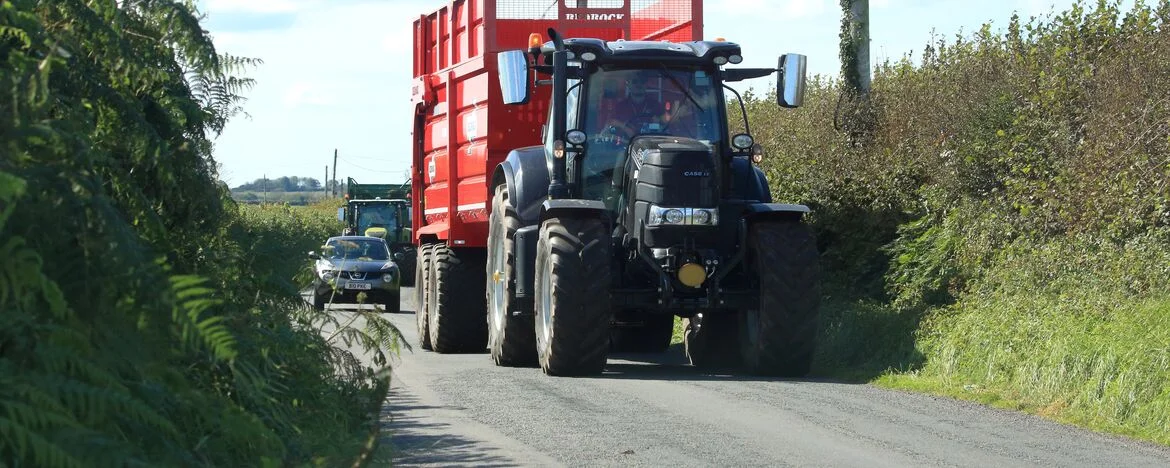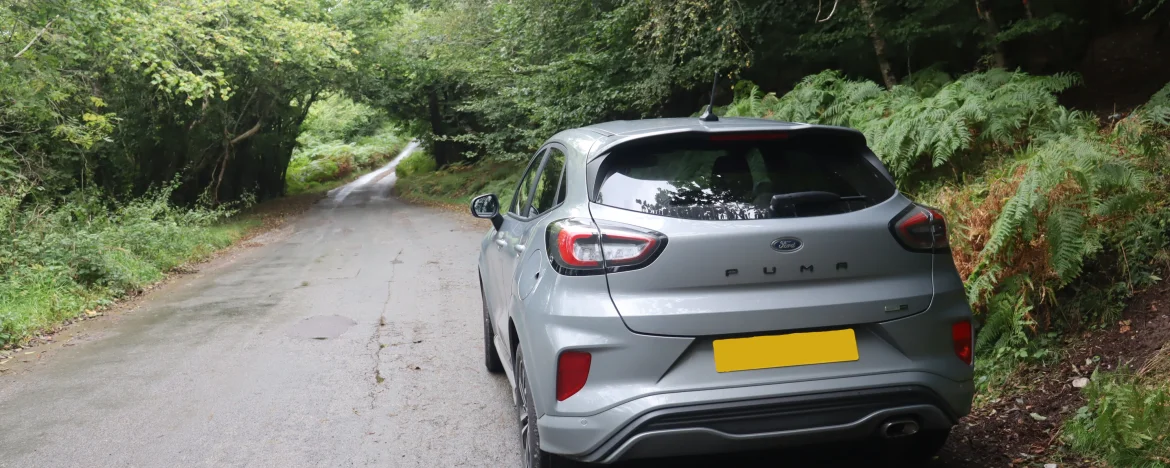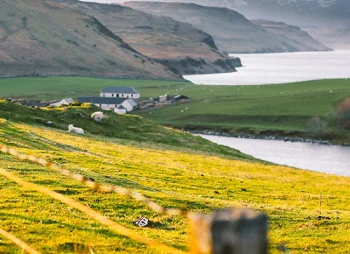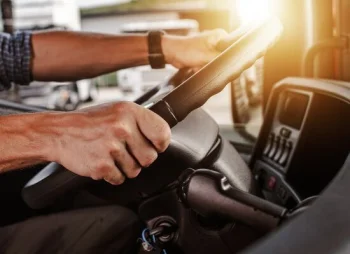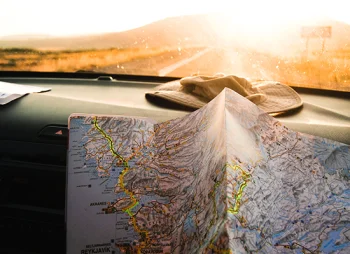Hazards and things to watch out for
You’ll need to adjust your driving behaviour if you don’t take to rural roads often. Excess speed, overtaking and overconfidence will not serve you here.
While many country roads will be set to the national speed limit (60mph if you need a reminder), for these reasons we’d recommend you take winding lanes with tight corners at a much slower speed to avoid collisions (and possible punctures when you hit an unexpected pothole).
Even if you think the road is clear, when roads or lanes have blind bends in them it can be impossible to see what is up ahead.
You could be suddenly face-on with another car, a hoard of cyclists, a horse and rider, and even pedestrians out for a stroll.
As always, you need to keep in mind what your safe stopping distance. Especially on a road where there will be less available space than you may be used to and no pavements for pedestrians.
In such tight space there is much less margin for error and any lapse in judgement could be deadly for yourself, your passengers and other road users.
Flooding is another hazard you need to be wary of. Country roads can be prone to flooding during times of heavy rain and the depth of the water can be deceptive. Even more frequently, B-roads can end up underwater if there’s a river close by bursting its banks.
You shouldn’t drive through water that’s moving, or more than 4-inches deep – if you come across stretches of road that are deeply submerged, turn around and find another route.
If you do drive through a flooded stretch of road, take it very slowly and be ready to reverse out. Not only can flooding affect your brakes, if it’s more than four inches deep there’s a chance you could flood your engine – especially if you charge through at speed.
You also need to think about other risks. Wildlife, fallen trees and fragile bridges can all pose problems to unsuspecting motorists. As a Devon-based company, we can safely say we come across these on a fairly regular basis, but even we still get taken by surprise at times.

